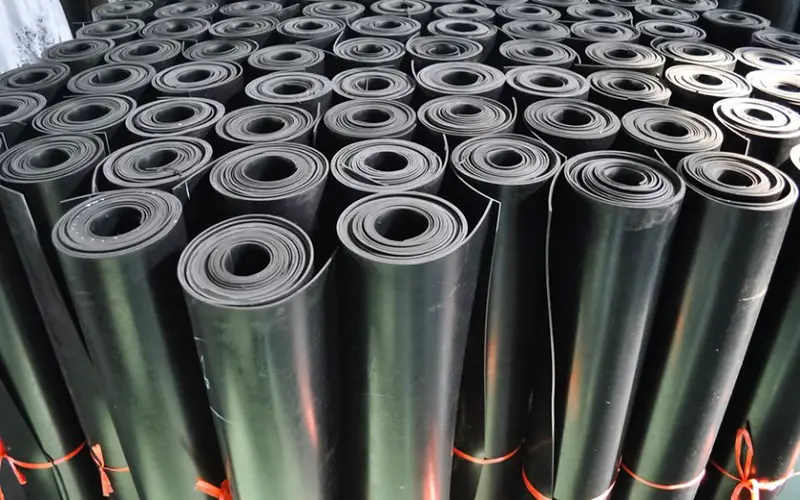It seems as though there is a different seal for every purpose. The materials used to make these seals play an essential role in prototypes for a slew of different industries in various applications. Let’s take a look at common seal materials and the best prototyping applications.
Butyl Rubber
Butyl is a copolymer containing tiny amounts of isoprene. It is impermeable to both gas and air. The temperature range of this synthetic rubber hits between -50°F to +250°F. This material is best used in areas that require an airtight seal and shock dampening. Butyl’s rubber prototyping applications can range from something as simple as a bicycle inner tube, sports balls (like footballs and basketballs), and electrical insulation to chemical weapons and chemicals used in the agricultural industry. It’s also valuable for hydraulic systems that use synthetic fluids. No wonder the chemical and transportation industry are key market drivers.
Epichlorohydrin
As an organochlorine compound and an epoxide, Epichlorohydrin (ECH) boasts moderate solubility in water. This type of ether is colorless but not odorless. The smell of Epichlorohydrin is similar to garlic or even chloroform. Found in homopolymer, copolymer, and terpolymer formats, ECH features a temperature range of -40°F to 275°F.
As a reactive compound, ECH is mainly used to produce various materials, including glycerol, epoxy glue, resins, and certain plastics. Epichlorohydrin offers top-notch resistance to ozone and weathering, as well as hydrocarbon oils and fuels. Whenever gas permeability and oil resistance are a production requirement, Epichlorohydrin makes a fine replacement for butyl.
Fluorocarbon
If you’re looking for a versatile o-ring material, fluorocarbon could be the right choice. Fluorocarbon combines high-temperature resistance with chemical resistance and minimal off-gassing.
Typical applications for fluorocarbon include seals for automotive fuel handling systems and aircraft engines, low-compression and high-temperature applications, plus a host of chemical exposure circumstances. In fact, these seals can handle temperatures falling between -22°F to 599°F. They are often used in marine and aerospace applications due to their unique sealing properties.
Fluorosilicone
Fluorosilicone elastomers were once primarily used in the aerospace industry, but now other industries are taking advantage of their high-temperature stability and fuel resistance. Fuorosilicone seals can resist oils, fuels, and petroleum-based fluids. They also resist organic solvents and can handle temperature ranges from -75°F to +400°F.
Those in the automotive, mechanical, or aerospace industries who require seals with a wide temperature range in a static sealing system may turn to fluorosilicone seals. That’s the perk of using an elastomer seal material with the stability of silicone and the resistance to liquids like fluorocarbon.
Nitrile
Frequently touted as the most economical and widely used elastomer, nitrile is lab-made and a combination of copolymer butadiene and acrylonitrile. It offers a temperature range of -40°F to +257°F, although special compounds can handle between -67°F to +275°F in dry heat conditions. No wonder nitrile seal sales are expected to keep growing.
Nitrile’s ability to resist silicone greases, hydraulic fluids, water, alcohols, and petroleum-based oils and fuels makes it a natural complement to automotive, marine, and aircraft fuel systems. It can be used in the military, in low-temperature situations, and compounded for FDA applications.
Common Seal Materials
From aquatics to aerospace, the material used in a seal can play a critical role in prototype success. Now that you understand how butyl, Epichlorohydrin, fluorocarbon, fluorosilicone, and nitrile are best used, you can more easily choose the right material for your prototyping needs.

